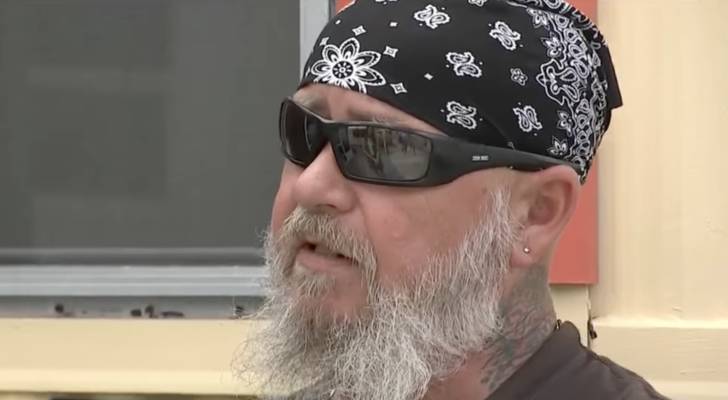
When Hurricane Helene tore through Ruskin, Florida, in 2024, Robert Paul and his wife lost nearly everything. Their home was destroyed, and like many Americans, they turned to their insurance provider for relief — and were relieved when their $30,000 claim was quickly approved.
But that relief quickly turned to frustration. The settlement check from the National Flood Insurance Program bounced — twice.
Don’t miss
- I’m 49 years old and have nothing saved for retirement — what should I do? Don’t panic. Here are 5 of the easiest ways you can catch up (and fast)
- You’re probably already overpaying for this 1 ‘must-have’ expense — and thanks to Trump’s tariffs, your monthly bill could soar even higher. Here’s how 2 minutes can protect your wallet right now
- Gain potential quarterly income through this $1B private real estate fund — even if you’re not a millionaire. Here’s how to get started with as little as $10
The first time, officials blamed a bank switch. The second time, the bank refused to resubmit the check altogether. “It again came back as no good,” Paul told WFLA, “so now the bank has told us they will not resubmit [the check].”
It’s the kind of scenario no one wants to deal with in the wake of a disaster. So what happened next? And did the Pauls ever get the money they needed to make repairs? Here’s what happened, and what you can do if you find yourself in a similar situation.
Did the family get their money?
Yes — but only after a new check was issued.
At the end of April, representatives told Paul to expect a new check in the mail, which he could then cash.
Until the check cleared, Paul and his wife had to wait to begin repairs on their home.
In Florida, it’s common for homes in certain areas to flood after hurricanes, which makes flood insurance essential.
What is the National Flood Insurance Program?
The National Flood Insurance Program, or NFIP, is managed by the Federal Emergency Management Agency (FEMA). It partners with about 50 insurers to offer policies to homeowners and renters who want protection from floods.
Since most standard homeowners insurance policies don’t cover flood damage, many homeowners, renters and even businesses purchase coverage through the NFIP, provided they live in a qualifying area.
Policies typically cover up to $100,000 for your belongings and $250,000 for damage to your property. If your property is in a high-risk flood area, you’re required to purchase flood insurance.
While no one wants to deal with flood damage, you’ll need to work with your insurance company to file a claim. It’s important to document the damage and file a claim as soon as possible.
Once an insurance adjuster assesses the claim, you can start repairs — or wait for the check to arrive. But as Paul and his wife discovered, that process doesn’t always go smoothly.
Read more: Want an extra $1,300,000 when you retire? Dave Ramsey says this 7-step plan ‘works every single time’ to kill debt, get rich in America — and that ‘anyone’ can do it
What to do if you run into a similar issue
First, try to stay calm. After a major storm, it’s natural to want to start repairs right away.
In the meantime, review your insurance plan to see if you’re eligible for additional claims or if more documentation might help your case. Insurance adjusters will let you know if more visits are required, which could delay your claim.
If your check bounces, contact your insurance company immediately and follow their instructions.
Use your damage estimate to start getting quotes from contractors.
If you can afford it — and if your insurer approves — you might choose to pay out of pocket while you wait for the check. If not, you may have to wait, assuming you can still live in your home. This experience may also be a chance to plan better for the future.
While you can’t avoid floods or property damage, you can better protect yourself financially. Consider setting aside savings in a separate emergency or disaster fund. That way, when the unexpected happens, you’ll have some cash to help you handle the situation.
What to read next
- Don’t have the cash to pay Uncle Sam in 2025? You may already be eligible for a ‘streamlined’ handshake with the IRS — here’s how it works and how it can potentially save you thousands
- Robert Kiyosaki warns of a ‘Greater Depression’ coming to the US — with millions of Americans going poor. But he says these 2 ‘easy-money’ assets will bring in ‘great wealth’. How to get in now
- Here are 5 ‘must have’ items that Americans (almost) always overpay for — and very quickly regret. How many are hurting you?
This article provides information only and should not be construed as advice. It is provided without warranty of any kind.